Zongzi, a traditional Chinese rice dumpling wrapped in bamboo or reed leaves, is a beloved culinary treasure cherished during festivals like the Dragon Boat Festival. These pyramid-shaped delights, often filled with ingredients like glutinous rice, pork, beans, or dates, require careful preparation to achieve their signature sticky texture and harmonious flavors. However, when faced with frozen zongzi, home cooks often debate the optimal cooking method. One question frequently arises: Should frozen zongzi be boiled in cold water, or is hot water preferable? This article delves into the science, cultural practices, and practical tips behind cooking frozen zongzi to perfection.
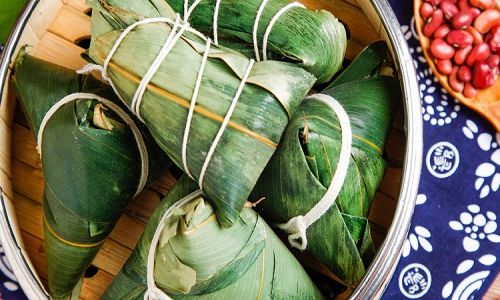
The Debate: Cold Water vs. Hot Water
The controversy stems from conflicting advice passed down through generations. Some argue that starting with cold water allows the zongzi to thaw and cook gradually, ensuring even heating and preventing the leaves from splitting. Others insist that boiling water jumpstarts the cooking process, sealing in flavors and reducing cooking time. To resolve this, we must examine the structural composition of zongzi and how heat affects it.
Frozen zongzi consists of glutinous rice, which is high in amylopectin—a starch that gelatinizes when heated. This gelatinization is key to achieving the soft, sticky texture zongzi is known for. However, rapid temperature changes can cause the rice grains to expand unevenly, leading to a mushy exterior and undercooked center. Similarly, the bamboo or reed leaves, which are frozen along with the filling, must be rehydrated without tearing.
Advocates for cold water cooking claim that gradually increasing the temperature allows the leaves to soften slowly, preventing cracks. This method also ensures the rice cooks uniformly, as heat penetrates from the outside in. On the flip side, hot water proponents argue that immersing frozen zongzi in boiling water creates a steaming effect, locking in moisture and aromatics while shortening cooking time.
The Science Behind Cooking Frozen Zongzi
To understand which method is superior, let’s break down the physics of cooking frozen food. When frozen zongzi is placed in cold water, the heat transfer is slower and more controlled. The water temperature rises steadily, allowing the ice crystals within the zongzi to melt gradually. This slow thawing minimizes cellular damage to the rice grains, preserving their texture. However, this method requires patience, as it can take 25–40 minutes depending on the zongzi’s size.
Conversely, boiling water provides immediate heat, causing the outer layers of the zongzi to cook rapidly. While this seals in some moisture, it risks overcooking the exterior before the center thaws. This is particularly problematic for large or densely packed zongzi, which may end up with a gummy exterior and a cold, starchy core.
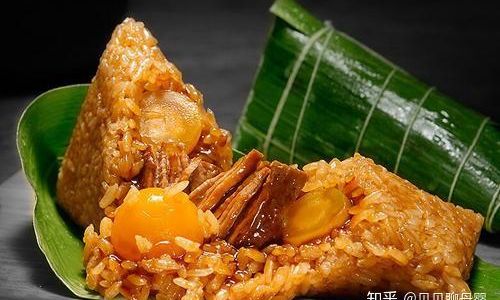
The compromise? A hybrid approach. Start with cold water to thaw the zongzi gently, then increase the heat to bring the water to a boil. This method combines the benefits of gradual thawing with efficient cooking.
Step-by-Step Guide to Cooking Frozen Zongzi
Method 1: Cold Water Boil
- Preparation: Remove the zongzi from its packaging. Do not thaw it at room temperature, as this can promote bacterial growth.
- Pot Setup: Place the frozen zongzi in a large pot. Add enough cold water to submerge them completely (2–3 inches above the zongzi).
- Heating: Bring the water to a gentle simmer over medium heat. Avoid rapid boiling, which can jostle the zongzi and damage the leaves.
- Cooking Time: Simmer for 25–35 minutes. Larger zongzi may require up to 45 minutes.
- Testing Doneness: Carefully remove one zongzi and unwrap it slightly. The rice should be glossy, tender, and uniformly cooked.
Method 2: Hot Water Boil
- Preparation: Same as above.
- Pot Setup: Bring a pot of water to a rolling boil.
- Cooking: Gently lower the frozen zongzi into the boiling water. Reduce heat to maintain a simmer.
- Cooking Time: Simmer for 20–30 minutes. Add 5–10 minutes for extra-large zongzi.
- Testing Doneness: Same as above.
Method 3: Steaming
For a softer texture, steaming is an excellent alternative.
- Setup: Place a steamer basket in a pot with 1–2 inches of boiling water.
- Cooking: Arrange the frozen zongzi in the basket, ensuring they don’t touch. Steam for 30–40 minutes.
- Advantage: Steaming retains more moisture, resulting in a plumper texture.
Pro Tips for Perfect Zongzi
- Add Salt or Oil: A pinch of salt or a drop of cooking oil in the water can enhance the rice’s sheen and prevent sticking.
- Prick the Leaves: Lightly piercing the leaves with a fork before cooking allows steam to escape, reducing the risk of splitting.
- Pressure Cooker Hack: For speed, use a pressure cooker. Cook frozen zongzi on high pressure for 15–20 minutes, then natural release.
- Avoid Overcrowding: Cook zongzi in a single layer to ensure even heating.
Common Mistakes to Avoid
- Using the Wrong Heat: High heat can cause the leaves to burst, while low heat may result in undercooked rice.
- Skipping Salt: Unsalted water leads to bland-tasting rice.
- Reheating in the Microwave: While convenient, microwaves can dry out zongzi. Use a damp paper towel to mitigate this.
Cultural Nuances and Regional Variations
Zongzi recipes vary widely across China, reflecting local tastes and ingredients. In northern regions, sweet zongzi with jujube or red bean paste are common, while southern China favors savory versions with pork, mushrooms, and salted egg yolk. The cooking method may also differ: some families swear by cold water for sweet zongzi to preserve their delicate flavor, while savory ones are boiled in hot water to meld the fillings.
In Taiwan, zongzi are often steamed in bamboo steamer baskets, imbuing them with a subtle grassy aroma. In contrast, Hokkien-style zongzi from Fujian province are simmered in a flavorful broth, infusing the rice with savory notes.
Troubleshooting Guide
- Zongzi Falls Apart: Overcooking or low-quality leaves. Next time, reduce cooking time by 5 minutes.
- Gummy Texture: Insufficient simmering. Ensure the water stays at a gentle bubble, not a rolling boil.
- Undercooked Center: Use a skewer to test the thickest part. If raw rice adheres, cook longer.
The Verdict: Cold Water or Hot Water?
After examining the evidence, the answer depends on priorities:
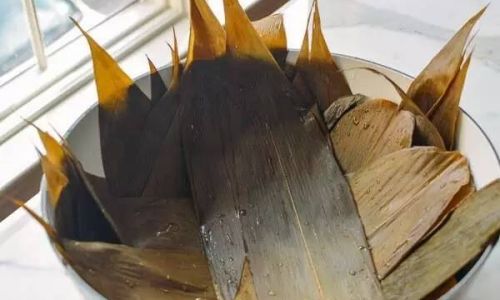
- Cold Water: Best for even cooking, texture preservation, and traditionalists.
- Hot Water: Ideal for time efficiency and slightly firmer rice.
Ultimately, both methods yield delicious results when executed correctly. The key is consistency in heat and thorough cooking.
Beyond Boiling: Creative Ways to Enjoy Zongzi
Zongzi need not be confined to tradition. Repurpose leftovers in innovative dishes:
- Fried Zongzi: Slice cooked zongzi into rounds, dip in beaten egg, and pan-fry until crispy.
- Zongzi Salad: Flake sweet zongzi into a bowl of fresh mango, coconut milk, and toasted sesame seeds.
- Zongzi Soup: Simmer savory zongzi in chicken broth with greens for a hearty meal.
Conclusion: Mastering the Art of Zongzi
Cooking frozen zongzi is both a science and an art. Whether you opt for cold water’s gentle embrace or hot water’s swift precision, the goal remains the same: to honor this ancient dish’s legacy while adapting it to modern kitchens. By understanding the interplay of heat, texture, and tradition, you can transform a simple frozen parcel into a culinary masterpiece. So the next time you unwrap a frozen zongzi, remember—the method you choose is a bridge between centuries of tradition and the comfort of your own table.
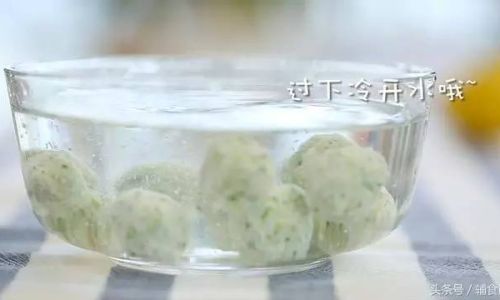
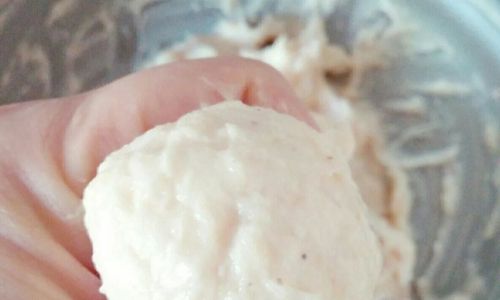
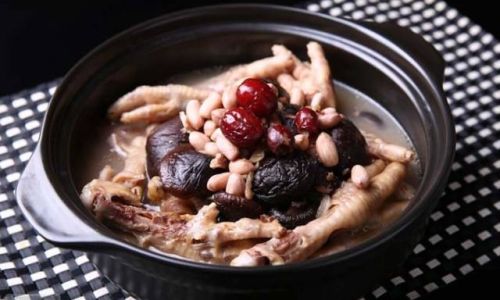
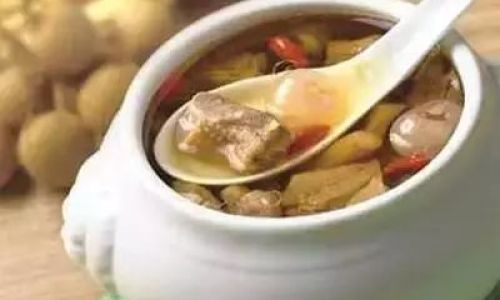
0 comments